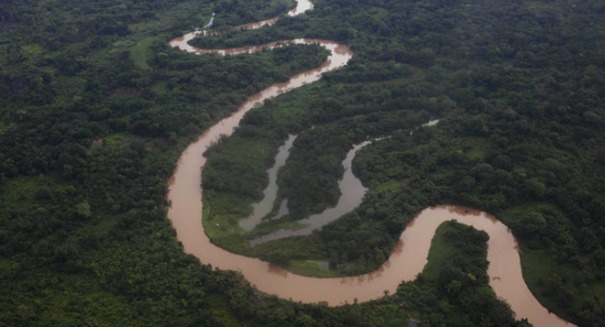
Archaeologists had been trying to find the legendary White City, a rumored Eden-like paradise where natives supposedly hid from Spanish conquistadors, but found a lot more than they bargained for.
Scientists may have found an entire unknown civilization in their quest to find the legendary “White City” in the jungles of Central America.
A team of archaeologists had been searching for the fabled “White City” or “City of the Monkey God” deep in the jungles of Honduras, an “Eden-like paradise” that was said to be a place where natives were said to have hid from Spanish conquistadors, according to a Huffington Post report.
The hunt started back in 2012 with an aerial survey of a valley in the middle of nowhere in La Mosquitia, Honduras, where signs of ruins were spotted that authorities believed may lead to the legendary White City, something that has never been confirmed to even exist.
The team began surveying the area to determine if this city ever actually existed — but found something entirely different. They found an ancient city that dated back 700 to 1,100 years ago, but it’s not the White City: it’s one of many lost cities that were once home to a now-lost civilization, scientists believe according to the report.
The archaeologists on the scene found plazas, earthworks, and even an earthen pyramid, not to mention about 50 stone sculptures, a find that was described as very rare especially given the pristine condition of the site.
Initially, scientists believed they had stumbled upon the mysterious White City, but not anymore. Instead, this city was inhabited by a culture that has since disappeared and is mostly unknown. It could shed a tremendous amount of light on scientists’ understanding of pre-Columbian scientists in Latin America.
Archaeologists plan to begin a long-term program of researching the ecology of the Mosquitia area to learn about this lost civilization.
Why did the culture die out? Christopher Fisher, one of the archaeologists on the team, said it’s possible that European-introduced disease resulted in the deaths of people who lived there, according to the report. It was uncommon for Old World diseases to ravage native populations in the Americas, and it resulted in the fall of Aztec’s capital of Tenochtitlan, he pointed out.
Still, that’s just a working hypothesis, as there could be other explanations, such as societal collapse or environmental triggers. Scientists are likely to learn more as they take a closer look at the area.
Leave a Reply